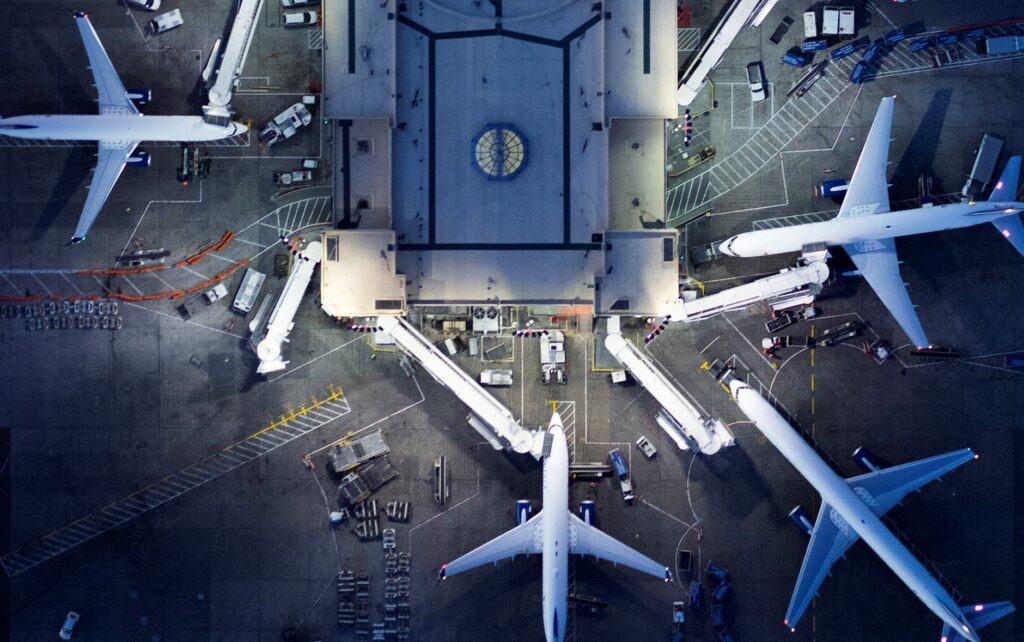The International Air Transport Association (IATA) announced its latest financial outlook for the global aviation industry at its annual general meeting held in New Delhi on June 2, 2025, predicting slight improvements in profitability despite significant economic and geopolitical headwinds. With net profits reaching $36 billion and record revenues expected to reach $979 billion, the industry is showing resilience with lower jet fuel prices and sustained passenger demand. However, challenges such as supply chain disruption, trade tensions and high costs of sustainable aviation fuels (SAFs) pose risks to long-term growth and industry net-zero CO2 emissions targets by 2050.
Financial Performance: A modest rise
IATA's forecast is a key metric showing improvements in 2024 in 2025, highlighting the strengthening of airline profitability in 2025.
Net profit: It is expected to reach $332 billion from $32.4 billion in 2024, but below the previously forecast of $36.6 billion. The net profit margin will improve from 3.4% to 3.7%, but remains only $7.20 per passenger, half of the average profitability of all industries.
Operating profit: Increased from $61.9 billion in 2024, but is projected to be down from the previous estimated $67.5 billion.
Revenue: Total revenues are a record $979 billion, up 1.3% from 2024, driving $693 billion (+1.6%) of passenger revenue and $14.4 billion (+6.7%) of supplemental revenues. However, this is not at the previously predicted $1 trillion.
Cost: Total costs increased to $913 billion (+1.0%), easing to $236 billion due to a significant drop in jet fuel costs, accounting for 25.8% of operating expenses and down from $261 billion in 2024 as jet fuel prices fell 13% to $86 per barrel.
The industry's return on investment capital is expected to improve from 6.6% to 6.7%, reflecting operational efficiency despite supply chain constraints.
Demand and Capacity: Sustainable Growth
Global air travel demand remains strong, with 49.9 billion travelers projected in 2025, up 4% from 2024, but below previous estimates of 5.22 billion. Revenue passenger kilometers (RPK) is expected to increase by 5.8%, supported by a record high passenger load factor of 84.0%. IATA's April 2025 polling data shows strong consumer intentions, with 40% of respondents planning a trip, and 47% expecting to spend more on the trip in the next 12 months. In particular, 68% of business travelers expect to see an increase in travel despite trade tensions.
However, cargo volumes faced headwinds, projected to 69 million tonnes (+0.6% from 2024) in 2025, down from previous forecast of 72.5 million tonnes. Cargo revenue is expected to fall to $142 billion (-4.7%) as cargo yields fell 5.2% due to protectionist measures of GDP growth and trade attenuation.


Key drivers and challenges
Positive driver
Lower Jet Fuel Prices: A 13% reduction in jet fuel prices will save airlines $25 billion compared to 2024. With minimal fuel hedging, airlines will benefit directly from this decline.
Strong employment and moderate inflation: These factors support sustained passenger demand, despite falling from 3.3% in 2024 to 2.5% in 2025.
Operational Efficiency: Passenger load coefficients and fleet optimization can help offset supply chain challenges.
assignment
Supply Chain Destruction: Backlog of over 17,000 aircraft, latency up to 14 years, and engine reliability issues (e.g., PW1000G engine grounding 3.8% of the fleet) have increased lease costs and increased the average fleet age to 15 years. Only 1,692 aircraft delivery is expected in 2025, down 26% from the previous estimate.
Trade tensions: Tariffs and protectionist policies can attenuate freight demand and affect business trips, especially under the evolving Trump administration.
Sustainable Aviation Fuel (SAF): SAF production is set to double to 2 million tonnes in 2025, but 0.7% of total fuel usage is not enough for the Net-Zero 2050 goal. SAF costs 4.2 times the JET fuel add $4.4 billion to fuel costs worsened by compliance fees from European suppliers.
Geopolitical risks: Continuous conflicts such as the Russian-Ukraine war and potential escalations can destroy routes and airspace, but fragmentation of global standards can increase regulatory costs.
Recent news highlights these challenges. Reuters reported IATA concerns about SAF's slow production, and Secretary Willie Walsh criticised fuel suppliers for criticizing the profits of limited supply. Additionally, CNBC has strongly emphasized poor consumer reliability, bad weather and travel demand from the late Easter in 2025, urging some US airlines to cut their outlook.
Local insights
All regions are expected to remain profitable in 2025 with changes in performance.
North America: The absolute profit with the highest net profit of $12.7 billion (4.0% margin, $11.1 per passenger) is the highest, but growth is limited by the US economic slowdown, pilot shortages and engine issues. RPK growth is modest at 0.4%.
Europe: $11.3 billion (a margin of 4.3% per passenger, $8.9) profit is driven by low-cost airline demand and open air contracts with North Africa. RPK growth is robust at 6.0%.
Asia Pacific: The profit of $4.9 billion (1.9% margin, $2.6 per passenger) is benefiting from relaxed visa policies in countries like China, with RPK growth at 9.0%, the highest in the world.
Latin America: The only region with profits of $1.1 billion (2.4% margin, $3.4 per passenger) will be affected by weak currency and Brazil's proposed 26.5% VAT tickets. RPK growth is 5.8%.
Middle East: Profits per population are $6.2 billion (8.7% margin, $27.2 per passenger), limited by aircraft delivery delays, but supported by strong economic performance. RPK growth is 6.4%.
Africa: Profits remain low at $200 million (1.1% margin, $1.3 per passenger) due to high operating costs and a shortage of foreign currency. RPK growth is 8.0%.




